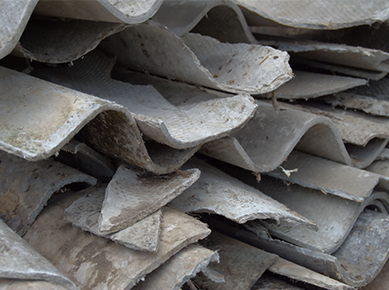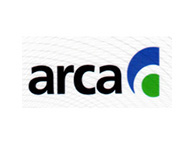
What is Asbestos?
Asbestos is a naturally occurring fibrous silicate mineral popular in manufacturing and industry due to its strength, chemical and thermal stability. The small, floating fibres are easily inhaled or swallowed, causing a number of serious diseases. There are three main types of asbestos:
- Chrysotile (white asbestos)
- Amosite (brown asbestos)
- Crocidolite (blue asbestos)
Where is it found in buildings?
Asbestos has been widely used in the UK from the 1940s until 1980s in the construction and insulation industry. generally used in the thermal insulation of pipes and boilers, Asbestos products include corrugated roofing sheets, corrugated sheets for wall cladding, gutters, rainwater pipes and water tanks. Products containing asbestos were used for the insulation of electrical equipment, decorative plasters and paints, for example ‘Artex’ type finishes and cornices. Sprayed asbestos and asbestos in a cement matrix were generally used as fire protection in ducts, firebreaks, panels, partitions, soffit boards, ceiling panels and around structural steel work. Sprayed asbestos and board materials were often used for sound deadening in walls and ceilings, usually as a coating or as tiles.
Why is Asbestos a problem?
Asbestos becomes a health hazard when it enters the body and becomes lodged within the tissues. Asbestos can enter the body by being inhaled or ingested. When the fibres break down into small microscopic dust particles they can become airborne and asbestos particles are breathed in, they pass through the respiratory passages and because the and particles are very small they can bypass the body’s defence mechanisms travelling deep within the respiratory passages.
When the asbestos fibres are embedded in the lungs and their linings, they remain in the body for the rest of that person’s life and can cause several debilitating and fatal diseases including lung cancer, mesothelioma and asbestosis. Asbestos kills more people than any other single work related cause.
Asbestos and the Environment
Asbestos is a hazardous material and is classed as a carcinogen (cancer causing material). As such, asbestos containing material must be disposed of as Special Waste / Hazardous Waste.
Any material containing asbestos should be double bagged/wrapped and deposited in covered locked skips. The material must be clearly labelled and removers must use thick red inner plastic sacks and clear outer plastic sacks with asbestos warnings printed on the outside for disposing of asbestos contaminated materials.

More Information
If you want to know more about Asbestos and it’s effects on health and the environment, please visit the following websites:
GOV.UK Asbestos in your home
Health & Safety Executive – Asbestos Information
Wikipedia – Asbestos Information

![]()
CONVENIENT LOCATION
![]()
QUICK TURNAROUND
![]()
24/7 SERVICE
![]()
DEDICATED PERSONAL SERVICE






17 Archers Fields, Burnt Mills Industrial Estate, Basildon, Essex, SS13 1DH, 01268 293 406, 01268 293 409, admin@cohartuk.com
Copyright © 2021 Cohart Asbestos Disposal Ltd
